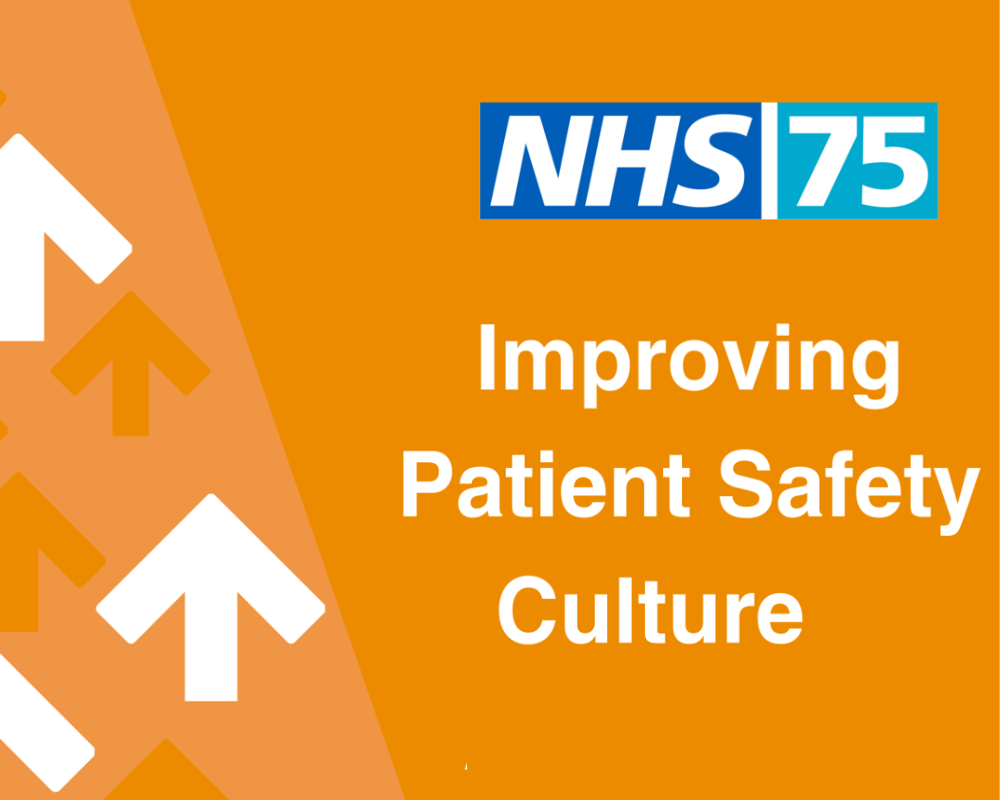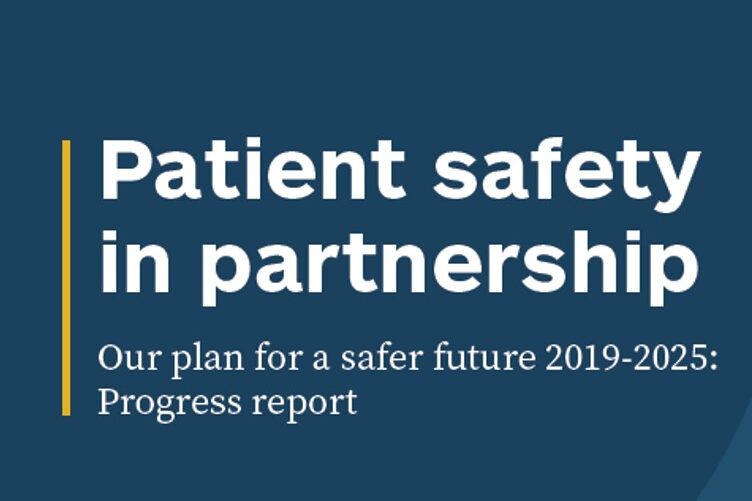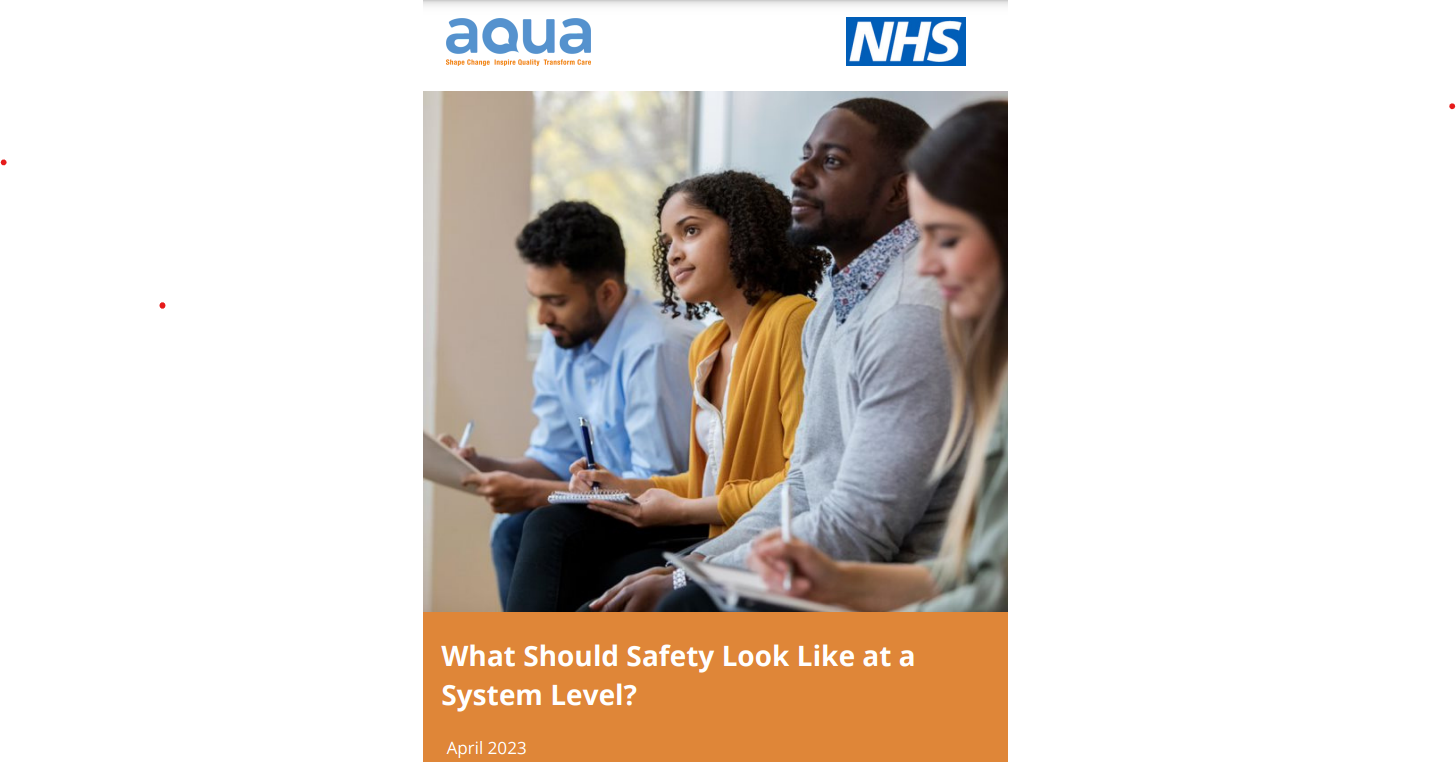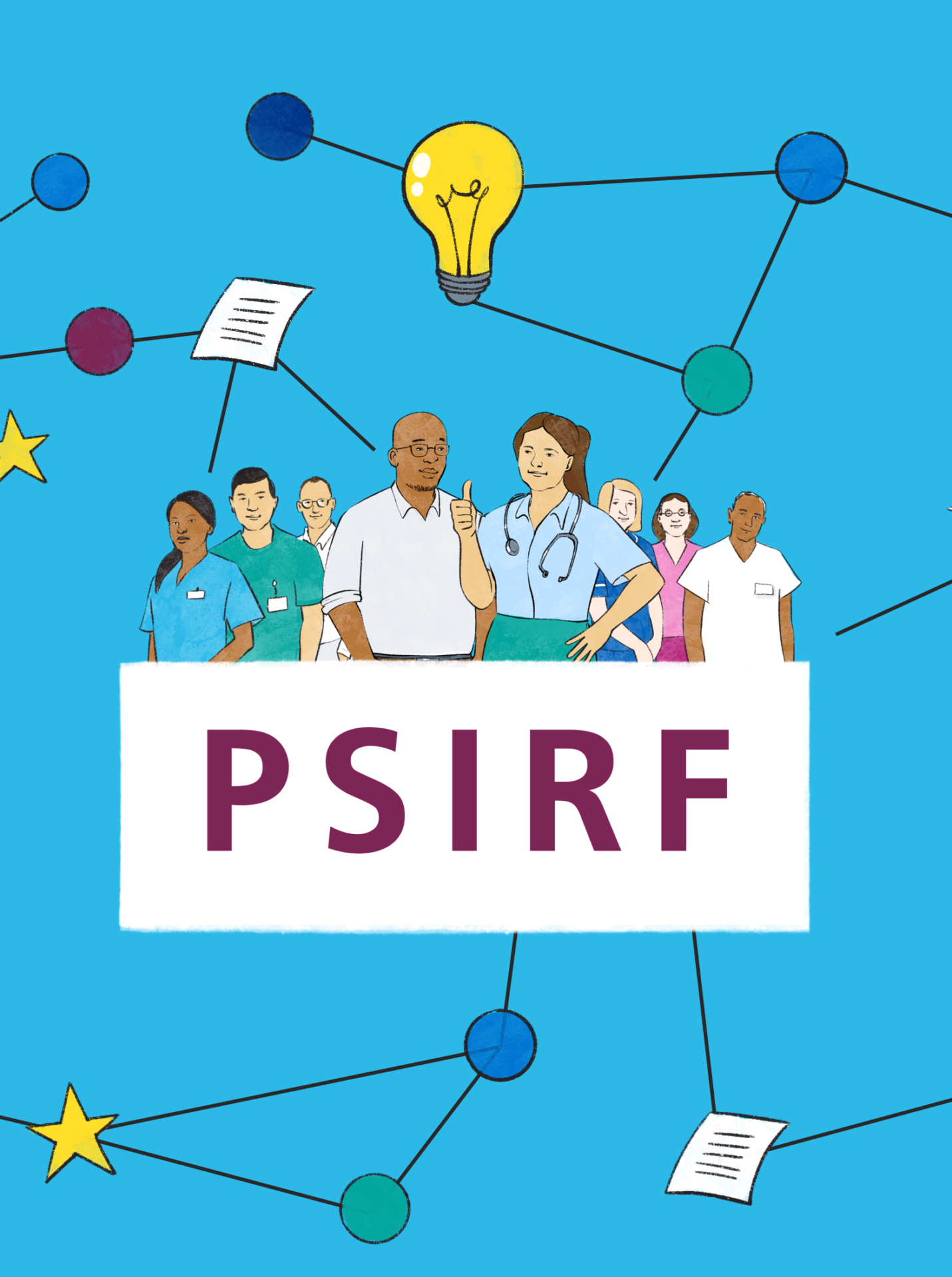
The AHSN Network is thrilled to see ‘Improving Patient Safety Culture – a practical guide’ released by NHS England this week. The new guide, developed by NHS England in association with the AHSN Patient Safety Collaboratives, supports teams to understand their culture and how to approach improving it. It is intended to be used across [...]

The AHSN Network is thrilled to see ‘Improving Patient Safety Culture – a practical guide’ released by NHS England this week. The new guide, developed by NHS England in association with the AHSN Patient Safety Collaboratives, supports teams to understand their culture and how to approach improving it. It is intended to be used across [...]

The AHSN Network has released an update to its patient safety plan, which reflects progress made across focus areas including managing deterioration in care homes; maternity and neonatal health; medicines safety; mental health; and system safety. The report, "Patient safety in partnership. Our plan for a safer future 2019-2025: Progress report," highlights the programmes and [...]
Reflections from our Chair We are pleased to be able to support the NHS Patient Safety Strategy and contribute to the ambition of saving lives and money. Our work across the AHSN Network is wider than the delivery of the National Patient Safety Improvement Programmes and, in alignment with our AHSN Network strategy, will mean [...]

Dr Cheryl Crocker, AHSN Network Patient Safety Director, took part in a round table event hosted by Aqua to consider the question: What does safety look like at a system level? The event was chaired by Professor Ted Baker, former Chief Inspector at the CQC and Chair of the Health Service Safety Investigations Body with [...]

The Patient Safety Collaboratives (PSCs) have been working to deliver a programme aimed at reducing restrictive practice in mental health in-patient settings. Work is underway with 14% of all NHS mental health, learning disability and autism wards across England, which equates to 172 wards. Reductions in restrictive practice use in now being seen in a [...]

The AHSN Network is celebrating the five-year anniversary of magnesium sulphate being introduced to reduce the incidence of brain injury and cerebral palsy in preterm infants. Thanks to the continued commitment of every perinatal team in England, more than 16,000 preterm babies and their families have benefitted. Patient Safety Collaboratives (PSCs), commissioned by NHS England [...]

Dr Cheryl Crocker, AHSN Network Patient Safety Director, discusses how Patient Safety Collaboratives (hosted by the AHSN Network) are supporting ICSs and ICBs in preparations to implement the Patient Safety Incident Response Framework. NHS England published the new Patient Safety Incident Response Framework (PSIRF) in August 2022 outlining how NHS organisations should respond to [...]

A blog from Dr Cheryl Crocker, AHSN Network Patient Safety Director, describing how Patient Safety Collaboratives (hosted by the AHSN Network) are supporting people to manage their long-term pain and reduce the harmful effects of opioid medication. Opioids are highly effective medications and, when used judiciously for a time-limited period, can greatly benefit many [...]

Patient Safety Collaboratives (PSCs) have engaged nearly 11,000 care homes over the last two years, in an NHS England commissioned programme designed to help support care homes in managing deterioration. Their role is to support care homes in adopting tools that help staff to identify the early signs of physical deterioration in residents. Over 7,000 [...]











